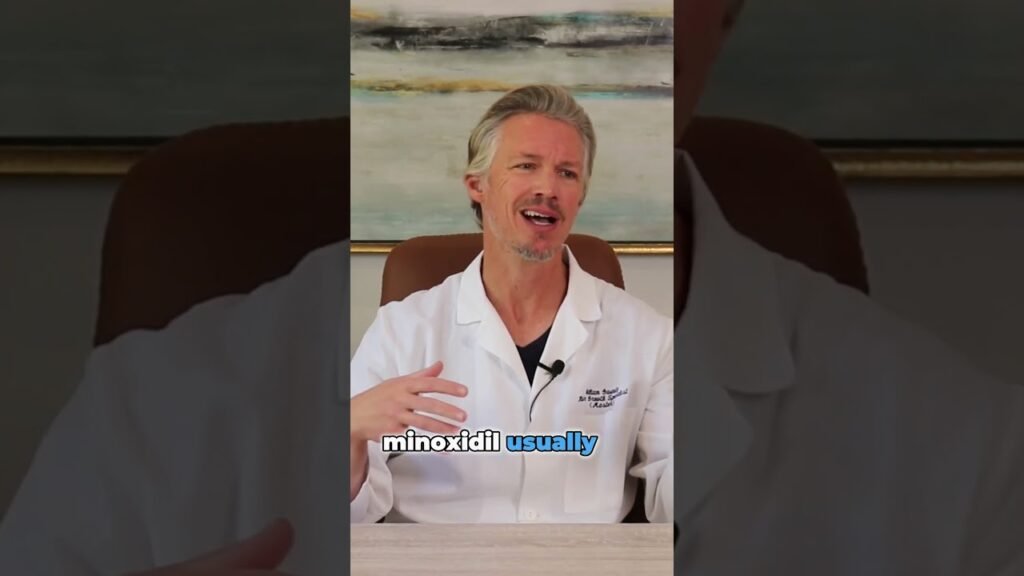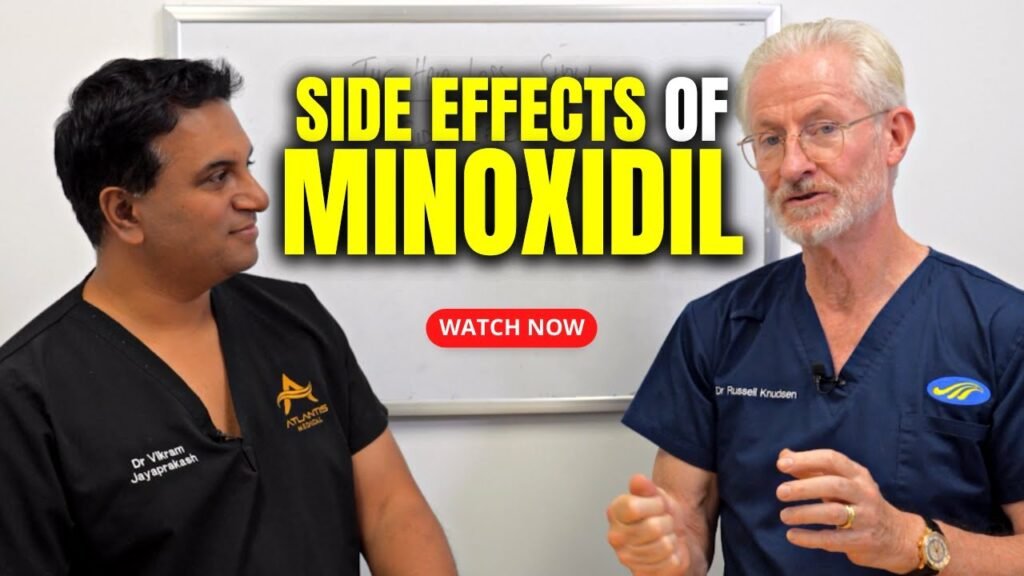Understanding Minoxidil and Its Common Allergic Reactions
Minoxidil is a widely used topical treatment for hair loss, known for its ability to stimulate hair regrowth. Originally developed as an oral medication for hypertension, its hair growth side effect led to the creation of topical formulations. While effective for many, its crucial to understand the potential allergic reactions associated with its use. Allergic reactions to minoxidil can manifest in various forms, ranging from mild irritation to more severe symptoms, necessitating awareness and prompt action.
Common Allergic Reactions
Contact dermatitis is one of the most frequently reported allergic reactions to minoxidil. Users may experience redness, itching, or a rash on the application site. This reaction can be due to the minoxidil itself or other components in the formulation, such as propylene glycol or alcohol. Its important to identify the specific cause to manage symptoms effectively. In some cases, switching to a minoxidil formulation without propylene glycol can alleviate these reactions.
Another potential allergic response is scalp irritation, which may include sensations of burning or tingling. This can sometimes be mistaken for the product working, but persistent discomfort should not be ignored. Severe allergic reactions, though rare, can include symptoms like swelling of the face or extremities, difficulty breathing, or hives. These warrant immediate medical attention. Users should be vigilant and consult healthcare professionals if they suspect an allergic reaction to minoxidil.
Identifying Symptoms of Minoxidil Allergic Reaction
Understanding the potential allergic reactions to minoxidil is crucial for those using this medication to treat hair loss. Allergic reactions can range from mild to severe, and recognizing the symptoms early can help prevent more serious complications. One of the most common signs of an allergic reaction is skin irritation, which may manifest as redness, itching, or a rash at the site of application. These symptoms can occur shortly after applying the product or develop over time with continued use.
Severe Allergic Reactions
While skin irritation is the most frequent complaint, some individuals may experience more severe allergic reactions. These can include difficulty breathing, swelling of the face, lips, or tongue, and hives. Such symptoms indicate a serious condition known as anaphylaxis, which requires immediate medical attention. If you notice any of these severe symptoms, it is crucial to stop using minoxidil and seek emergency medical care to prevent life-threatening complications.
Other Potential Indicators
Apart from skin-related symptoms and anaphylaxis, other indicators of a minoxidil allergic reaction may include dizziness, headaches, or a rapid heartbeat. Although these symptoms are less common, they can still signify an adverse reaction to the medication. Monitoring your bodys response when starting minoxidil is important, and any unusual or persistent symptoms should be discussed with a healthcare provider to determine if they are related to an allergic reaction.
Effective Ways to Reduce Minoxidil Allergic Reaction
Experiencing an allergic reaction to minoxidil can be concerning, but there are several effective strategies to mitigate these effects. One of the first steps is to perform a patch test before applying the solution to a larger area. This involves applying a small amount of the product to a discreet part of your skin, such as the inner forearm, and observing for any adverse reactions over 24 hours. If irritation, redness, or itching occurs, it might be an indication that you are sensitive to minoxidil or one of its components.
If you have already started using minoxidil and notice mild allergic reactions, adjusting the application frequency may help. Instead of using the product twice a day, try reducing the application to once a day or every other day. This can give your skin more time to adjust and potentially decrease the severity of the reaction. Its crucial to monitor your skins response during this period and consult with a healthcare professional if symptoms persist.
Another effective way to reduce an allergic reaction is to switch to a lower concentration of minoxidil. For instance, if you are using a 5% solution, consider trying a 2% solution, which might be gentler on your skin. Additionally, consider exploring alternative formulations, such as foam instead of liquid, as some individuals find them less irritating due to differences in the inactive ingredients. Always discuss these changes with a healthcare provider to ensure that they align with your hair regrowth goals while maintaining skin health.
Alternative Treatments to Minoxidil for Hair Loss
For those seeking alternatives to minoxidil for hair loss, there are several promising options that cater to different needs and preferences. One popular alternative is finasteride, an oral medication that works by reducing the levels of dihydrotestosterone (DHT) in the scalp, a hormone associated with hair loss. Unlike minoxidil, which is applied topically, finasteride offers a systemic approach and is often recommended for male pattern baldness. However, its important to consult with a healthcare professional before starting finasteride due to potential side effects.
Natural and Herbal Remedies
Many individuals turn to natural and herbal remedies as an alternative to minoxidil. Essential oils like rosemary, peppermint, and lavender have been traditionally used to promote hair growth and improve scalp health. These oils can be diluted with a carrier oil and massaged into the scalp to stimulate blood circulation and nourish hair follicles. Another popular herbal remedy is saw palmetto, which is believed to block DHT and support hair regrowth. While these natural treatments may not have the same level of scientific backing as pharmaceuticals, they offer a gentler approach for those looking for holistic options.
Low-Level Laser Therapy (LLLT)
Low-Level Laser Therapy (LLLT) is a non-invasive treatment gaining popularity as an alternative to minoxidil. This therapy involves using laser devices to emit light energy, which is absorbed by hair follicles, potentially stimulating growth and increasing hair density. LLLT is available in various forms, including laser combs, caps, and helmets, making it a convenient at-home treatment. Clinical studies have shown promising results, and many users report noticeable improvements in hair thickness and overall scalp health. As with any treatment, its essential to research and consult with a healthcare provider to determine the best course of action for individual hair loss concerns.
When to Seek Professional Help for Minoxidil Allergies
Experiencing an allergic reaction to minoxidil can be concerning, and its crucial to know when to seek professional help. If you notice severe symptoms such as intense itching, swelling, or redness that persists despite discontinuing the product, it is important to consult a healthcare provider. These symptoms could indicate a significant allergic reaction that requires medical evaluation and intervention.
If you develop systemic symptoms such as difficulty breathing, chest tightness, or facial swelling, seek emergency medical attention immediately. These signs may suggest a severe allergic reaction known as anaphylaxis, which is a medical emergency. Its vital to act quickly, as anaphylaxis can progress rapidly and may become life-threatening if not treated promptly.
For those experiencing milder symptoms, such as slight itching or minor irritation, monitoring the reaction closely while avoiding further use of minoxidil is advisable. However, if these symptoms do not improve or worsen over time, it would be prudent to reach out to a dermatologist or allergist. These professionals can provide guidance on alternative treatments and perform allergy testing to confirm the cause of the reaction, ensuring that you can manage your condition safely and effectively.


